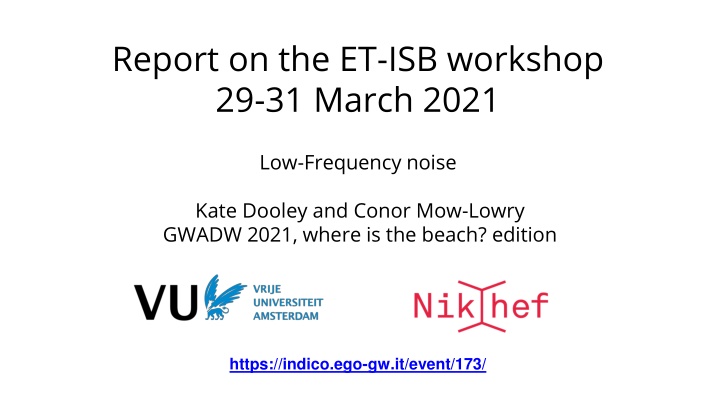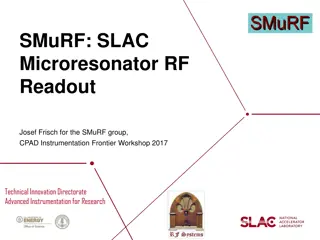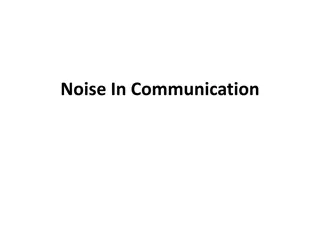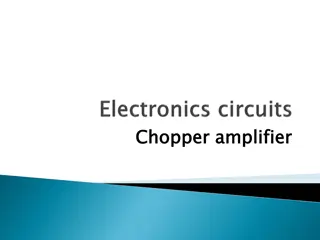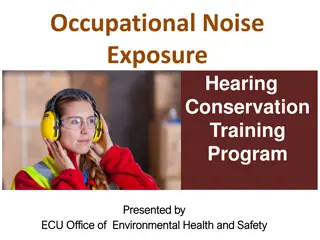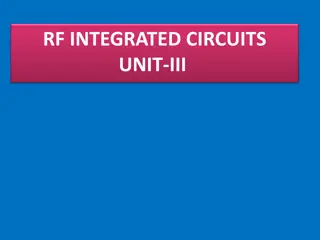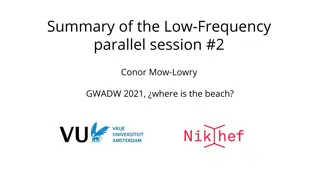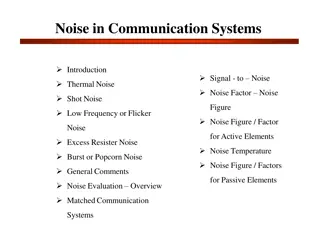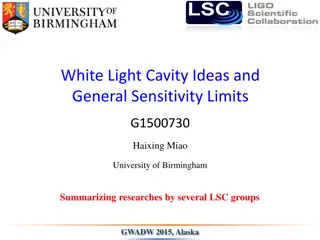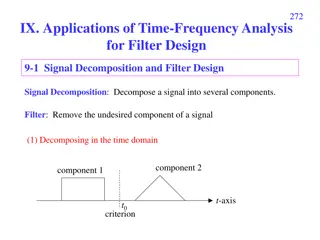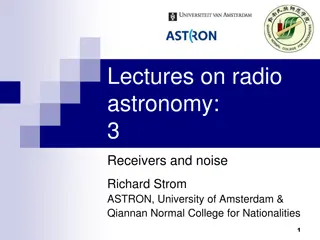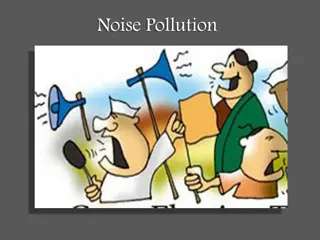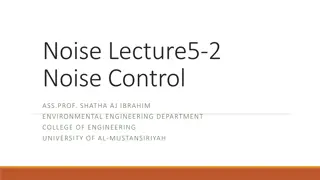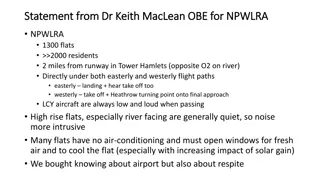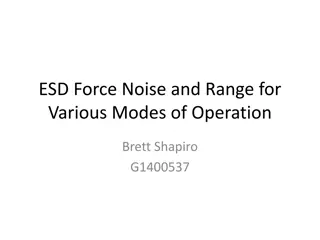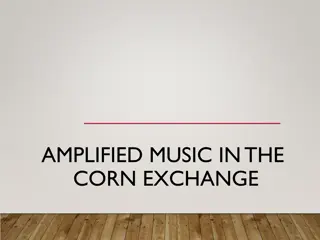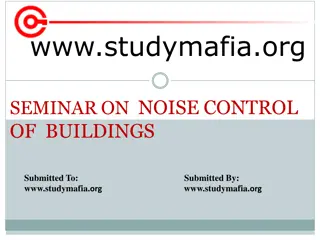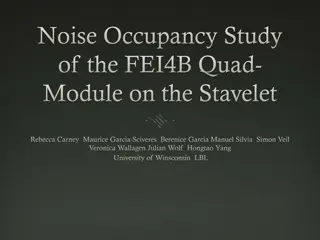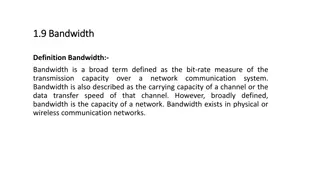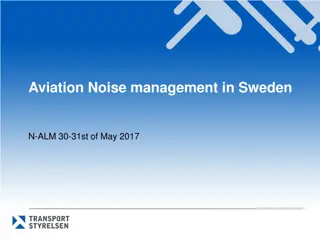Insights from ET-ISB Workshop on Low-Frequency Noise and GWADW 2021
The ET Instrument Science Board held a workshop focusing on addressing key challenges related to low-frequency noise in gravitational wave detectors. Experts discussed topics such as mirror temperature, dealing with low-frequency noise realities, and facility limits. The workshop highlighted the significant improvement low-frequency noise offers over 2nd-generation detectors, explored various divisions of the ISB, and delved into technical noise fundamentals. Key takeaways included the complexities of couplings, the importance of identifying primary noise drivers, and the impact of technical noise on system considerations in gravitational wave detectors.
Download Presentation

Please find below an Image/Link to download the presentation.
The content on the website is provided AS IS for your information and personal use only. It may not be sold, licensed, or shared on other websites without obtaining consent from the author.If you encounter any issues during the download, it is possible that the publisher has removed the file from their server.
You are allowed to download the files provided on this website for personal or commercial use, subject to the condition that they are used lawfully. All files are the property of their respective owners.
The content on the website is provided AS IS for your information and personal use only. It may not be sold, licensed, or shared on other websites without obtaining consent from the author.
E N D
Presentation Transcript
Report on the ET-ISB workshop 29-31 March 2021 Low-Frequency noise Kate Dooley and Conor Mow-Lowry GWADW 2021, where is the beach? edition https://indico.ego-gw.it/event/173/
ET Instrument Science Board Introductory workshop from 29-31 March First meeting spanning all 6 Divisions of the ISB, both an introduction and a workshop on some big questions : - What will be the mirror temperature for ET-LF? - How can we deal with the realities of low-frequency noise? - What are the facility limits? We are looking through the 2G+ lens at low-f noise, aiming to address the (current) hardest problems at the design stage
Low-frequency noise ET is not 10x better than 2ndgen detectors, it is a million times better at 3Hz. [Thanks to Michal Was and Denis Martynov for low-f noise estimates]
Spanning at least 4 of 6 ISB divisions Breakout Rooms: Suspension Angular controls Low-f noise RMS motion in IFO DoFs Optics Myriad couplings to DARM Interferometer Achievable isolation Residual differential motion & scatter Active Noise Mitigation Environmental noise Can we identify primary noise drivers instead of playing whack-a-mole with the couplings?
Couplings are not simple in practice We cannot simply fix ASC noise by improving spot-centering or balancing coil drives (etc). There are hard limits to this process. [Jenne Driggers, GWADW, sometime pre-Corona] https://agenda.infn.it/event/ 15928/contributions/89735/
Technical noise becomes fundamental One relatively simple example is DAC noise for test-mass actuation. It links open-loop motion in DARM to fundamental technical noise. [Paolo Ruggi, ET-ISB workshop] https://apps.et- gw.eu/tds/?content=3&r=17573
Systems considerations in GWDs Taken from Brian Lantz s recent LVK talk https://dcc.ligo.org/LIGO-G2001539
For ET we need to plan, from the beginning, to deal with the auxiliary controls, dynamic range, and realistic considerations of non-linearities.
Some concrete suggestions Form a flow of requirements from IFO down Assemble existing inputs and models Identify critical unknowns Make first estimates for controls effects Anchor simulations and estimations in 2ndgen experience
How do we join ET? Check our our welcome page: https://wiki.et-gw.eu/ISB/WelcomePage And contact your helpful Division Chairs: Jan Harms - jan.harms@gssi.it Conor Mow-Lowry c.m.mow-lowry@vu.nl Suspensions: Franceso Fidecaro - francesco.fidecaro@unipi.it Alessandro Bertolini alberto@nikhef.nl ANM: They will assist you help you join the collaboration, where you can shape the next generation of gravitational-wave detector
